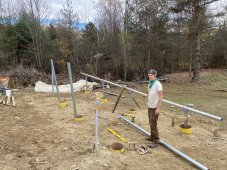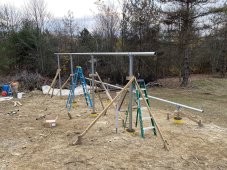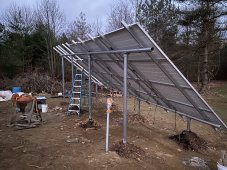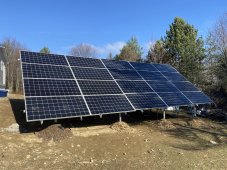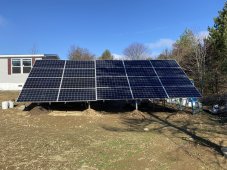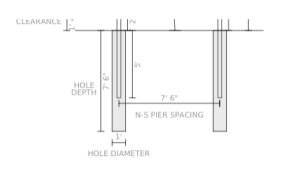Yes and No.
Around here we get this fluffy white stuff that sticks to PV panels. My array is tilted in winter to 65 degrees off horizontal. White stuff doesn't stick to the panels well. I can go to a town 3.5 miles from here with fixed around 45 degrees, they go for days or even weeks if it is cold, and that white stuff is glued on there. No so bad with micro inverters, which those panels have, but not good for my 8 panel series strings.
Adding more PV won't get that white stuff off.
Right now at equinox, 45 degree tilt. Summer solstice 30 degrees. I can also drive my lawnmower under it. There is this green stuff that comes out of the ground that gets long if it isn't cut and I'm not getting sheep.






